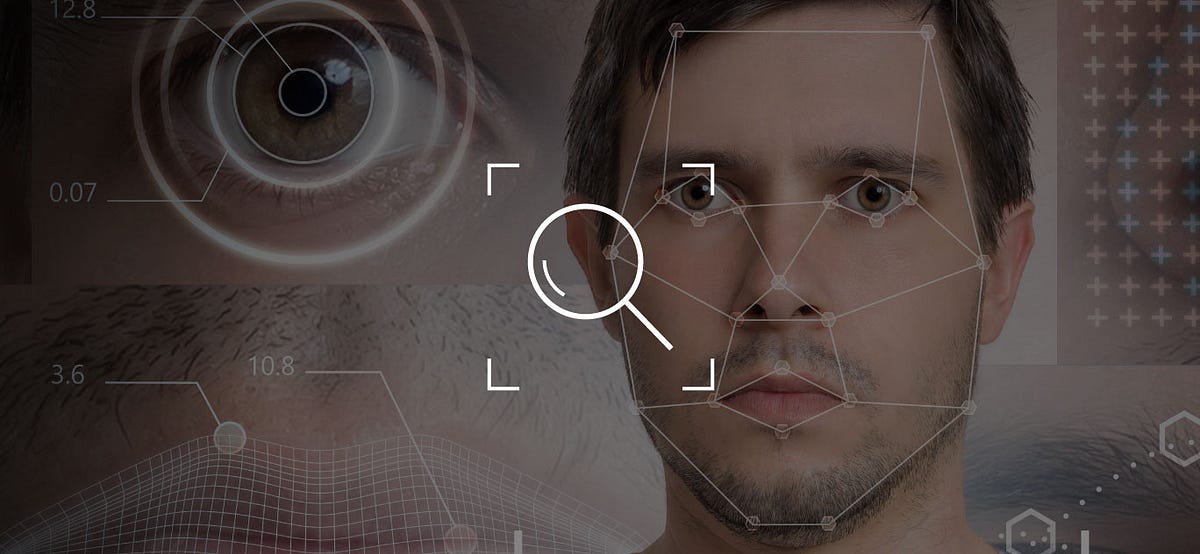Deepfakes are synthetic media, usually videos, created with deep learning technology. By manipulating images, videos, and voices of real people, a deepfake can portray someone doing things they never did, or saying things they never said.
By feeding a machine learning model thousands of target images, a deepfake algorithm can learn the details of a person’s face. With enough training data, the algorithm can then predict what that person’s face would look like when mimicking the expressions of someone else. A similar process is used for training deepfake algorithms to mimic the accent, intonation, and tone of a person’s voice.
The Public Response to Deepfakes
The start of 2020 came with an interesting shift in response to deepfake technology, when Facebook announced a ban on manipulated videos and images on their platforms. Facebook said it would remove AI-edited content that was likely to mislead people, but added that the ban doesn’t include parody or satire. Lawmakers, however, are skeptical as to whether the ban goes far enough to address the root problem: the ongoing spread of disinformation.
The speed and ease with which a deepfake can be made and deployed, as shown in this article by Ars Technica, have many worried about misuse in the near future, especially with an election on the horizon for the U.S. Many in America, including military leaders, have also weighed in with worries about the speed and ease with which the tech can be used. These concerns are heightened by the knowledge that deepfake technology is improving and becoming more accessible.
#deepfake-technology #ai #deepfakes #machine-learning #synthetic-media
